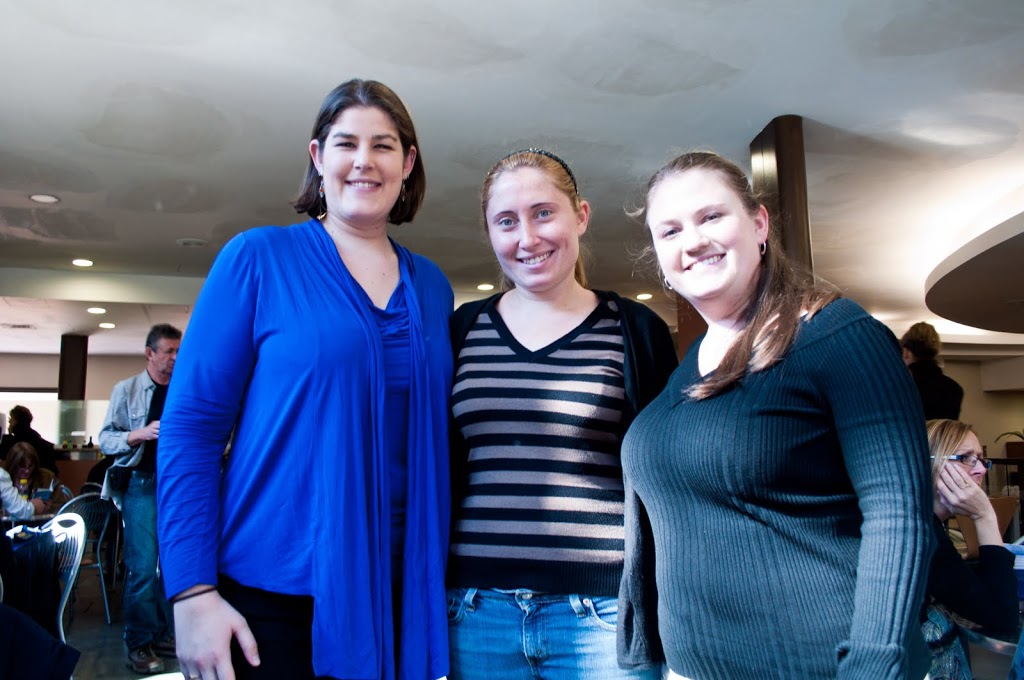It was pretty big news here in Rome, and everywhere, last month when Benedict XVI put in notice. It happened really fast, he announced on 11 February that his last day would be 28 February. I was mostly excited that I would be here in Rome for the Conclave. Unfortunately, conclave takes place over a period of time and you never know when the cardinals are going to come to consensus and send out that white smoke. They happened to decide very quickly, conclave started 12 March and they decided 13 March. I missed it. I watched on TV like everyone else, as they announced Cardinal Jorge Mario Bergoglio of Argentina Pope Francis, or Papa Francesco (after St. Francis of Assisi).
I was able to plan on being in the Vatican for the coronation of Papa Francesco. They call it a coronation from when the Pope was the ruler of the “Stato Pontificio” comprised of modern Lazio, Umbria, Marche, and southern-eastern Emilia-Romania. The new pope would hold a mass, which is special because the pope almost never does the mass, he just does the blessing.
We filled into St. Peter’s Square, passing through security. The square was crowded, but we were able to enter. There were walk ways fenced off separating large areas for the crowds. The round piazza is a bit bowl shaped, presumably for water drainage, however it is not the best design for a stadium-type event.
Before things kicked off, Papa Francesco took a few laps around the crowds on an open top vehicle of some sort. Everyone was going nuts trying to rush to the fence where he was. The only time I saw him get down was near what I referred to as “Campo Argentina”, there were supposedly some disabled people or children there.
The first part of the mass/ceremony took place inside of St Peter’s Cathedral. It was pretty short and we had big screens to view it. The procession leaving the cathedral to the altar set up just outside was rather impressive. There are a lot of cardinals. They all had on their matching robes and were just generally impressive.
The mass was pretty normal. As mentioned, there was an altar set up just outside the doors to the Cathedral. There was an amazing choir to the left, along with the other clergy. The diplomats were seated to the right. Pope Frank gave a great speech on how we are not just Christians, but humans and doing good in the world. This was also the mass of San Giuseppe (Italian Father’s Day), many people had books that they were following along with the mass and songs. I didn’t get one until the mass was over.
I admit I was a bit lost in the mass, as it was in Latin/Italian opposed to my more comfortable English/Latin mass, though I probably understood better than most of the crowd (minus the Italians). Where as the every Wednesday Vatican blessing is repeated in several languages, very few parts were done in multiple languages.
At one point soft yellow and blue (the colors of Argentina) umbrellas seemed to almost be floating down where I knew the fenced off corridors to be. This was shortly after the “peace be with you” bit which was surprisingly fun as no two people I shook hands with said the same thing back to me. Right around then there was also a lot of shuffling in front of me and I took the opportunity to get closer. Then I saw there was a yellow and blue umbrella just in front of us, and beneath it a priest giving communion… duh. Though not that big a ‘duh’ because they normally don’t give communion out in the square. In fact, Daniele says he’s never heard of it.
Obviously at this point the mass was almost over, but I had a really great spot now! I hung around for a little hoping that Papa Francesco might make another round and we could spend more quality time together. But as that looked less likely I asked the Swiss Guard in front of me if anything else was planed, and it was not, so I headed out. 
Pictures from the mass:
https://plus.google.com/photos/111221349198606775660/albums/5857941830730346881

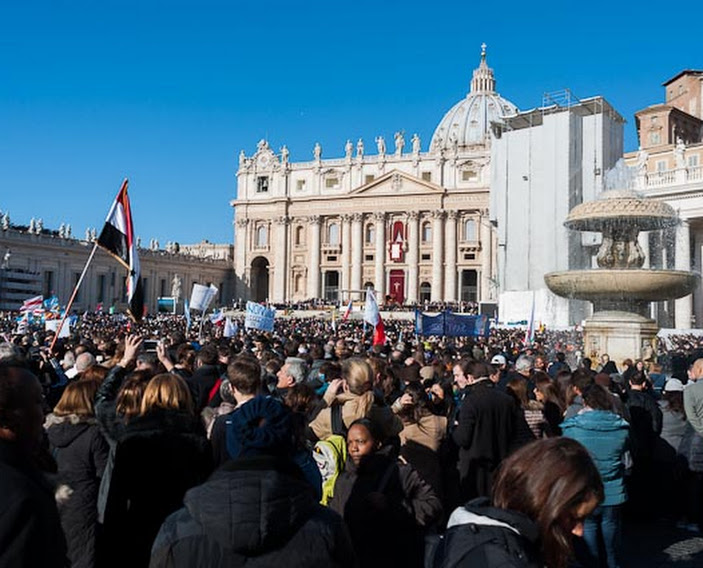

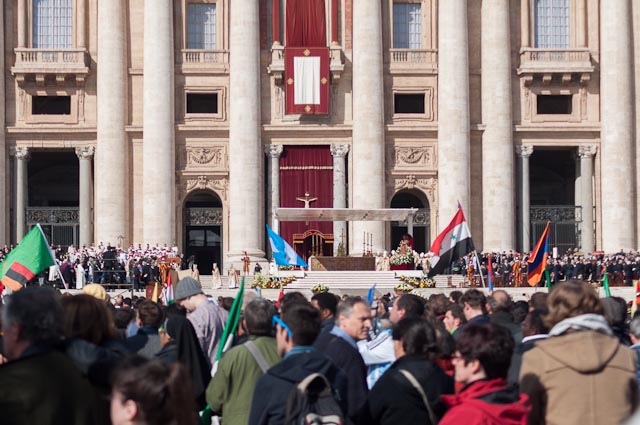



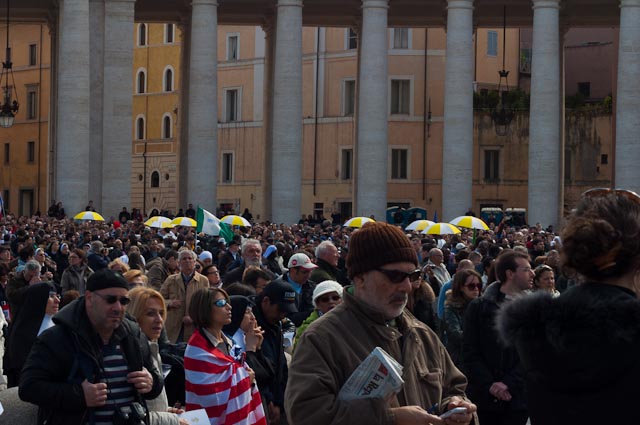






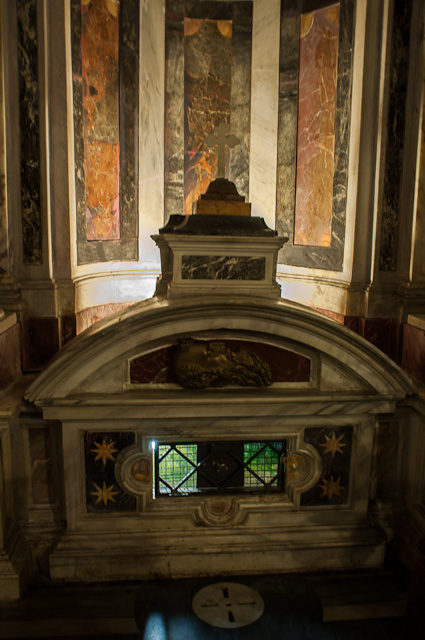

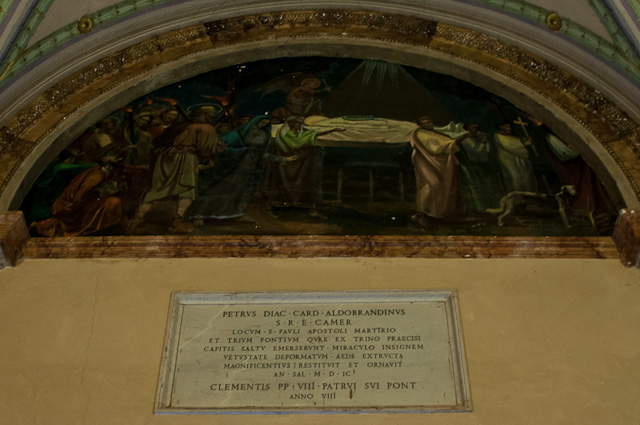

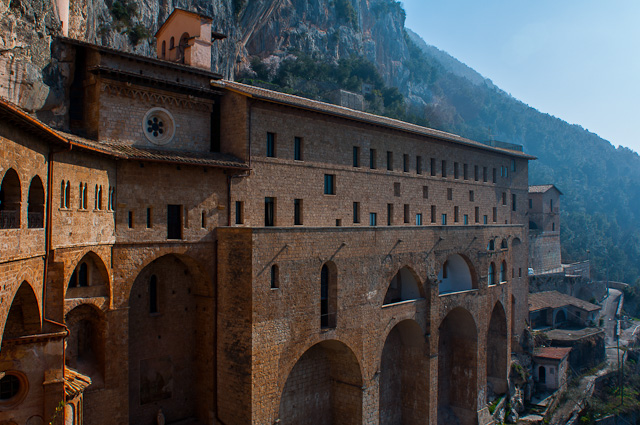

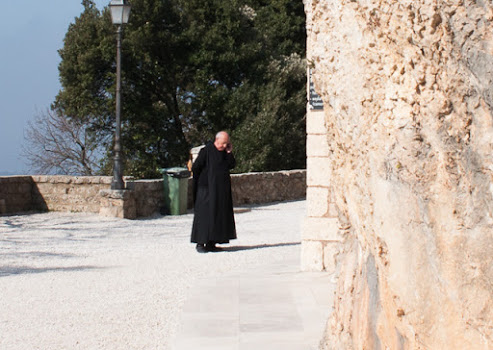
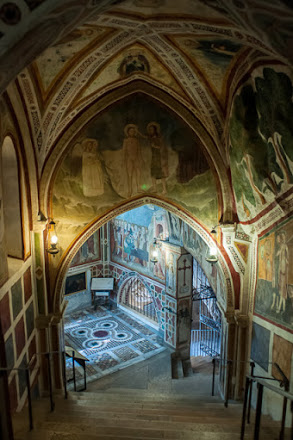
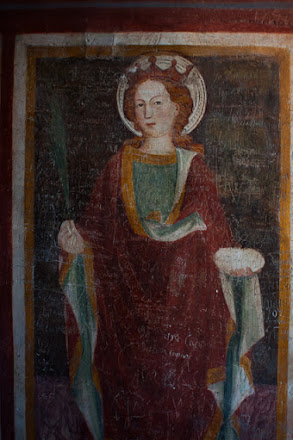




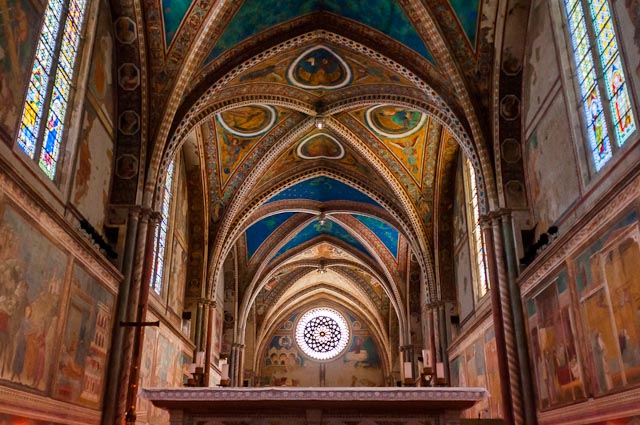 Upper church
Upper church Lower church
Lower church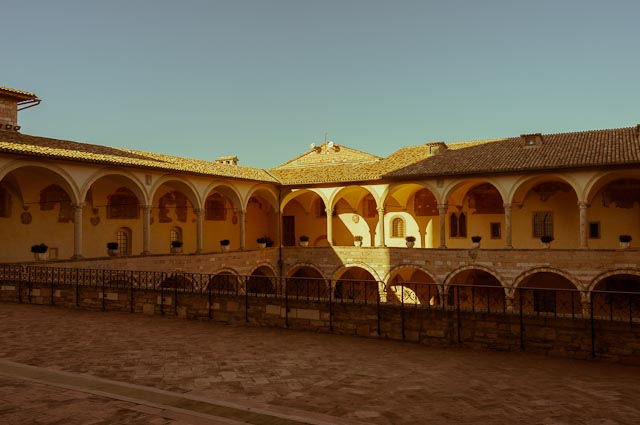 Sacro Convento
Sacro Convento







